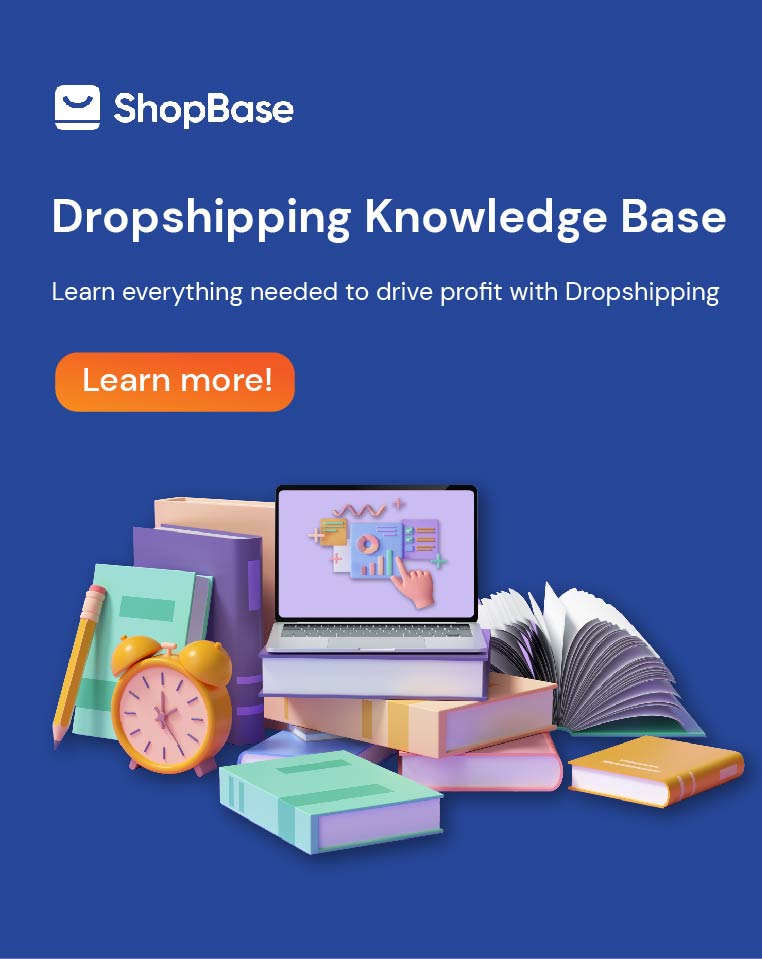Menu:
1. What is churn out
Churn out means a customer “breaks up” with a company and stops using its product or service, also known as customer attrition. No businesses can avoid churn. Due to its negative impact on the growth of business, many are struggling to reduce it.
2. Customer churn comes in many forms
A high churn rate forces a business to compete with the stress and difficulty of attracting enough more new customers as an attempt to relieve the impact. Small as it seems, single-figure increases in churn rate (%) can quickly affect your company’s growth. High churn rates are also more likely to compound over time.
That explains the importance of churn analysis. Knowing well different factors leading to customer churn is a vital step in the process of addressing and reducing your churn rate.
2.1. Switch to a competitor
Several steps of churn analysis actually do require you to focus on how your business’ competitor operates. However, it is worth noting that there is a competitive element which needs to be considered here.
Keep an eye on competitors who offer services or products similar to those of yours — especially their price points and their deals packages. If they are bundling in more services for free than you are, including what you offer in a better package or at a lower price, you may actually find out your customers are leaving to the competitors’ side.
Your business could be especially vulnerable to this kind of churn if it is not properly aligned to your customers’ changing needs and support requirements. In that case, more dynamic competitors of yours are likely to win your customer base.
2.2. Closure of account
Even if your customer is leaving your business after being delighted with your product and service you have provided and with their needs fulfilled, it is still a form of churn.
You may have done your best, still, when a customer churn by never coming back, it is still a lost opportunity and an expense to be dealt with. You are losing the Monthly Recurring Revenue you draw from them, and you will be incurring expense to replace them. Moreover, a customer leaving after they got what they want suggests that, while you are doing well at providing your basic service, your product does not have much repeat-use value.
You can prevent this kind of churn either by widening your product range or increasing the repeat-use value of your products and increasing customer retention through remarketing ads or weekly/monthly newsletters





